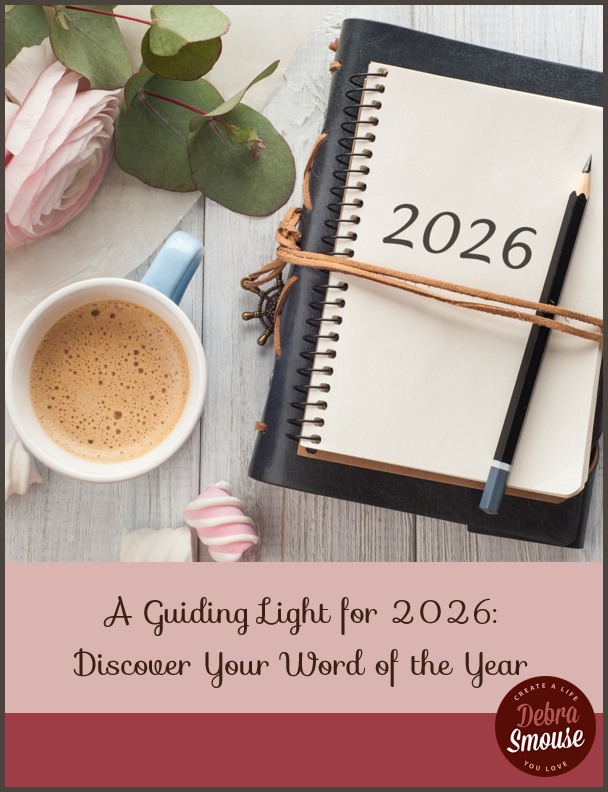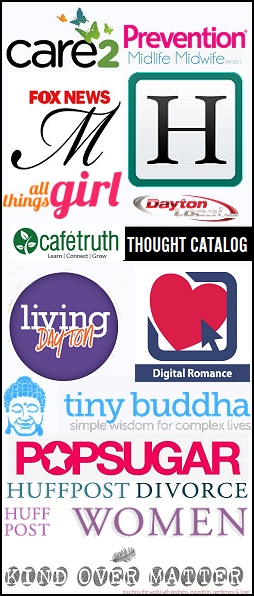Most people create in the margins of daily life, not inside perfect studio schedules. Real progress happens between school runs, client calls, and dinner plans. The good news is that small, steady steps can still move your work forward.
If you want structure without pressure, pair mindset tools with clear skill building. A short class, a weekly habit, and a kind internal voice make a strong trio. If design is your medium, a structured photoshop course in singapore can turn scattered effort into repeatable results.
Make Space For Practice That Fits Your Life
Big blocks of time are rare, so build a steady cadence you can actually keep. Set a repeating window on two weekdays and one weekend day, even if short. Protect those windows like you would a meeting, and start on time.
Use a simple practice menu to remove daily decision fatigue before it starts. Choose three actions that always count, like retouch one photo, study one layer technique, or export one mockup. When time is tight, pick one item and close the loop.
Keep your setup light to reduce startup friction, especially on busy days at home. A tidy folder structure and a named working file save minutes every session. Color contrast checkers from universities like UC Berkeley also support clarity and access for viewers, which strengthens your work long term. See their practical guidance on contrast and legibility.
Learn Foundations, Then Level Up With Small Upgrades
Foundations make advanced techniques feel simple and fast later. In Photoshop, selections, layers, masks, and adjustment layers do most heavy lifting. When you learn them well, every new feature fits cleanly on top.
Focus sessions on quick, clear goals with visible outcomes. Try “clean up the background,” “swap this sky,” or “fix color cast on skin.” Name the objective, finish it once, then stop and save that file version.
Add small upgrades only after the foundation feels repeatable. You can learn a new brush set one week, then a blending mode the next. That spacing helps your brain store each tool in the right mental drawer.
Build A Feedback Loop You Actually Want To Use
Feedback works best when it feels safe and specific. Invite only a few trusted voices who respect your taste and your pace. Ask for reactions to outcomes, not to your identity as an artist.
Give reviewers a tiny brief, so your goals frame the discussion from the start. Say, “I’m improving skin tones and shadow depth, not composition or wardrobe today.” That one sentence keeps responses relevant and easier to act on.
Turn comments into action with a short post-review checklist. Pick two edits, time box the work, and ship a revised file within two days. Close the loop fast, then log what changed and what stayed the same.
Design Tiny Projects With Clear Starts And Finishes
Open-ended goals drain motivation, so use projects you can actually complete. Think postcard set, five Instagram carousels, or a mini brand kit for a friend. Each project gives you a finish line and a tidy portfolio piece.
Outline scope before you start, so you do not drift midstream. Write one line each for audience, outcome, file formats, and delivery date. Keep the document visible near your working folder as a constant guide.
When it helps, add a light checklist to keep momentum high:
-
- Prepare assets, fonts, and a color palette before opening files.
- Create one reusable file template to speed repeated steps.
- Name layers consistently, then archive old versions cleanly.
Blend Craft With Self-Compassion So You Keep Going
Skill growth moves in waves, and some days will feel flat, even clumsy. That does not mean you are off track, it means your brain is busy rewiring. Treat those sessions as deposits, not debt, and log them with pride.
Use kinder self-talk that focuses on behavior you can control today. Say, “I kept my schedule, I tried one new selection method, I exported the file.” Track the streak, not the mood, then let the numbers cheer you on.
Protect your rights and your peace of mind while you share your work. Read clear guidance on fair use and ownership at the U.S. Copyright Office, which explains basics for creators in plain language.
Turn Learning Into A Repeatable System
Random practice gives random results, so build a simple loop you can reuse. Choose a skill theme for the month, like selections or color correction. Schedule three short sessions weekly, then measure visible improvements.
Use structured instruction to speed progress and reduce guesswork. A two-day class with guided exercises turns features into habits you can keep. In Singapore, formal training that covers selections, layers, painting, and filtering can shorten the path from trial to mastery.
Back your system with light documentation, a few notes go a long way. Keep a running log of recurring steps that worked across different projects. When you meet a similar problem again, your past self has left the fix.
Put Mindset And Method To Work Together
Creative growth feels better when both heart and hands move in step. The heart gains courage through gentle goals and kind language that builds trust. The hands gain skill through structured learning and repeatable project plans.
If you enjoy photography, retouch a small set every Friday without fail. If you enjoy brand visuals, build one mini kit each month for a sample client. Clear patterns lower stress, and finished work raises confidence you can feel.
Technical training does not erase your voice, it amplifies it with control. The menu of techniques grows, and you choose what fits your taste and brief. That choice, repeated over time, becomes a style you recognize and love.
A steady practice rhythm plus real training creates reliable, satisfying momentum. Your calendar holds the habit, your notes hold the method, and your peers hold the mirror. Put them together and you build a life that supports your art.
The same approach helps writers, photographers, illustrators, and designers who want clarity. Short projects, gentle feedback, and concrete goals beat vague perfection every time. You do not need perfect conditions, you need a system you can live with.
When you want structure that converts effort into growth, formal study helps. A guided photoshop course in Singapore can compress years of scattered experiments into days of focused practice. Pair it with your humane schedule, and your creative life starts to feel lighter.
Your work deserves time, care, and a method you enjoy repeating. Choose a monthly theme, protect three sessions weekly, and keep a kind record of wins. Build tiny projects, seek targeted feedback, then keep learning at a pace that fits.
A final word of encouragement, progress is not loud, it is quiet and steady. If you show up and do small steps, your skills and confidence rise. That is how you fall in love with the path and the work it invites.
A Simple Plan For Your Next Step
Keep your system simple, compassionate, and concrete, and you will stick with it. Pick a monthly skill theme, schedule three short sessions, and finish one small project. Add structured learning through a reputable class, then log and repeat what works next month.
Seeking more tips and tricks to love your life?
Snag a free workbook and get inspiration on all the ways to love your life even more.
>>Click Here to Discover Additional Articles on the Power of Decisions <<









